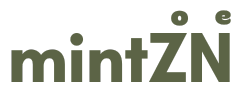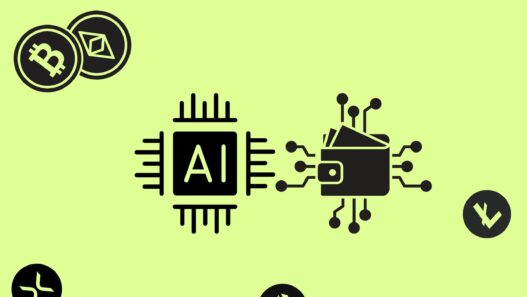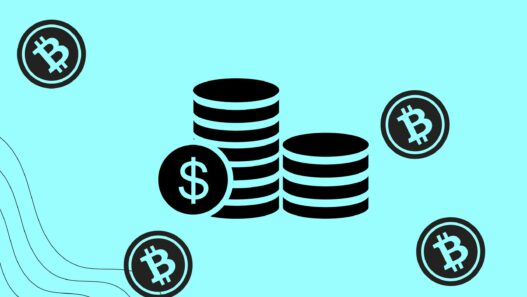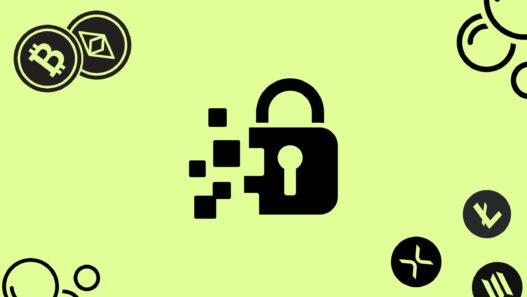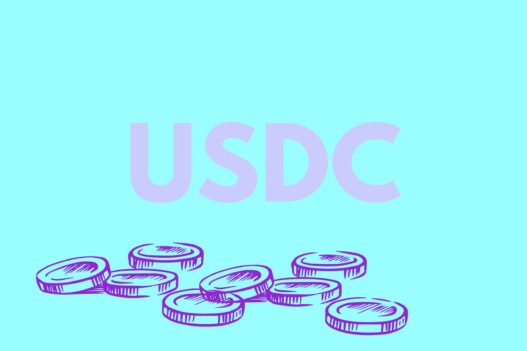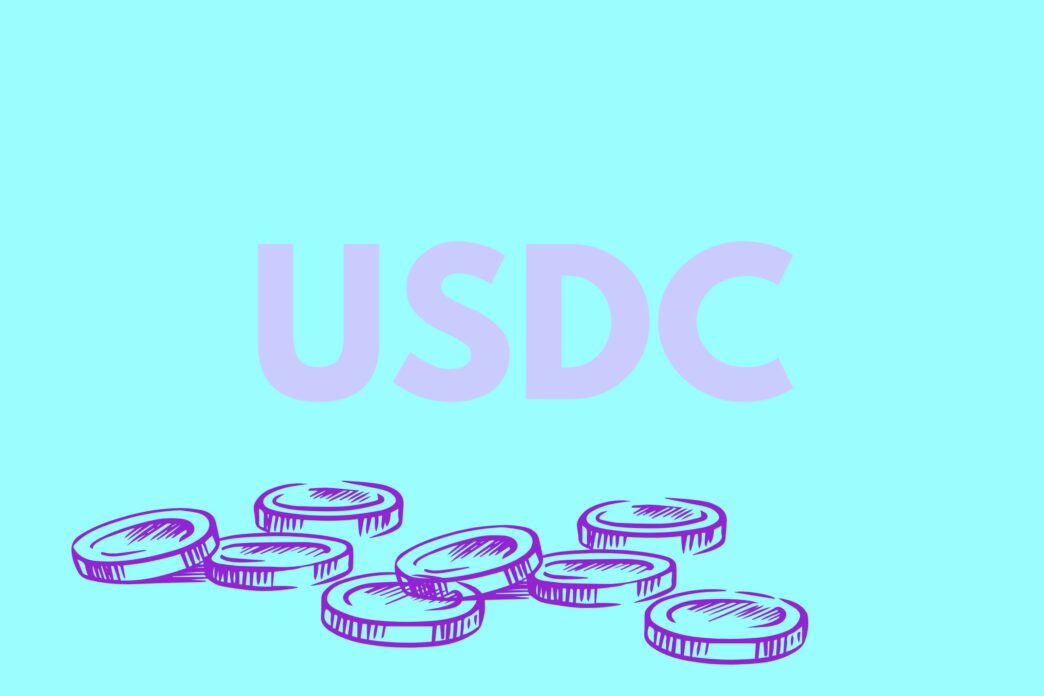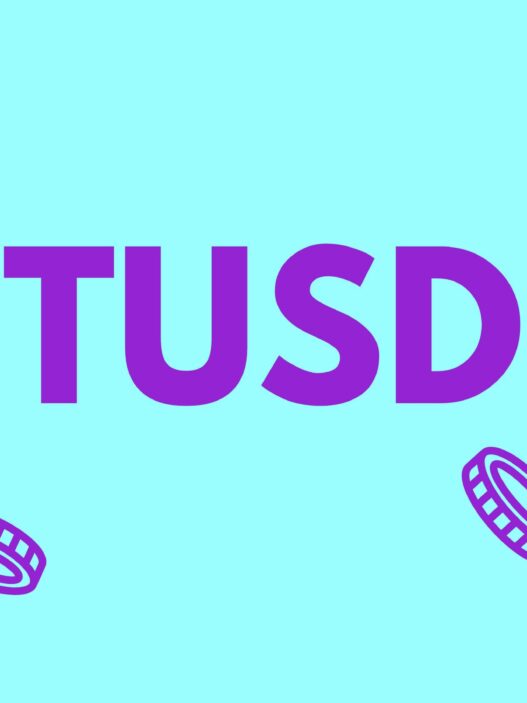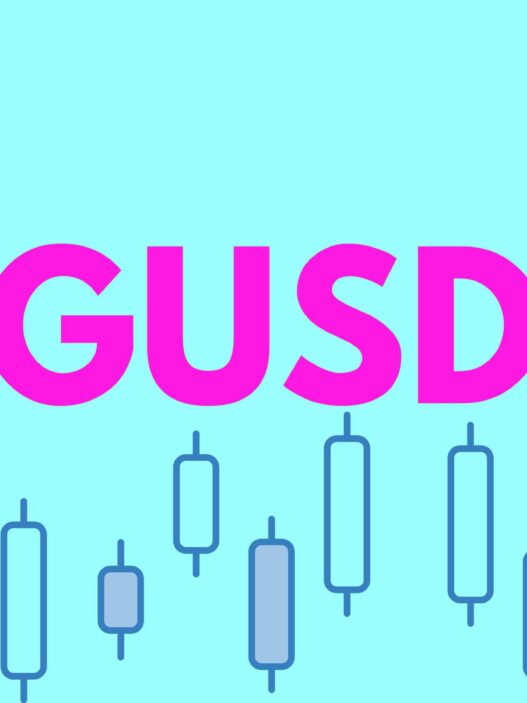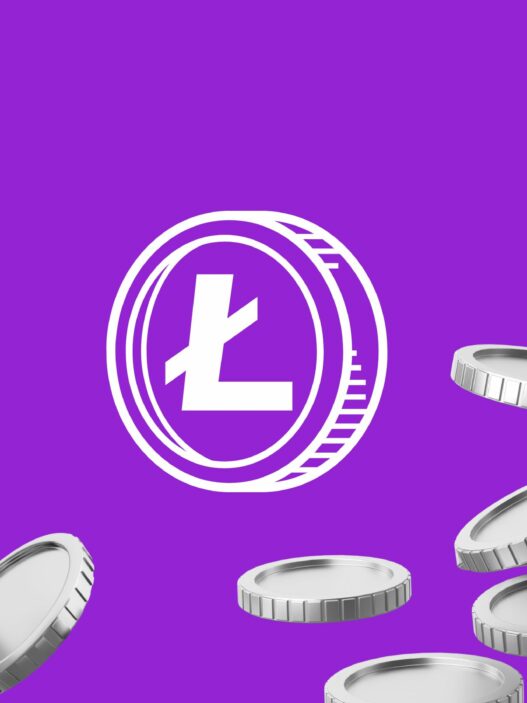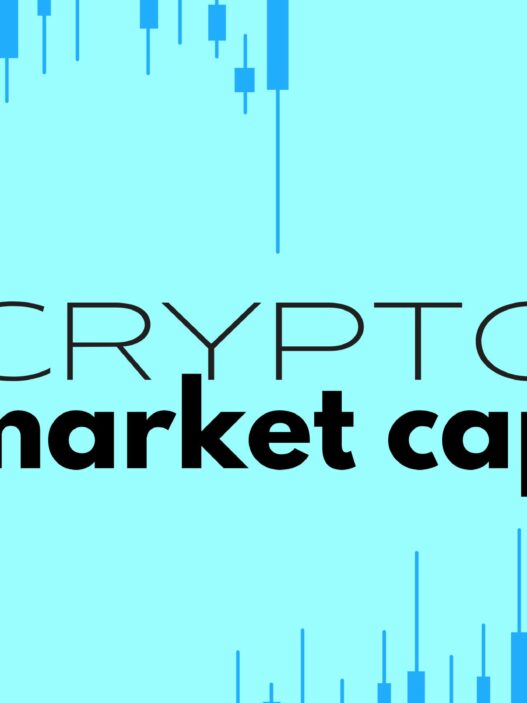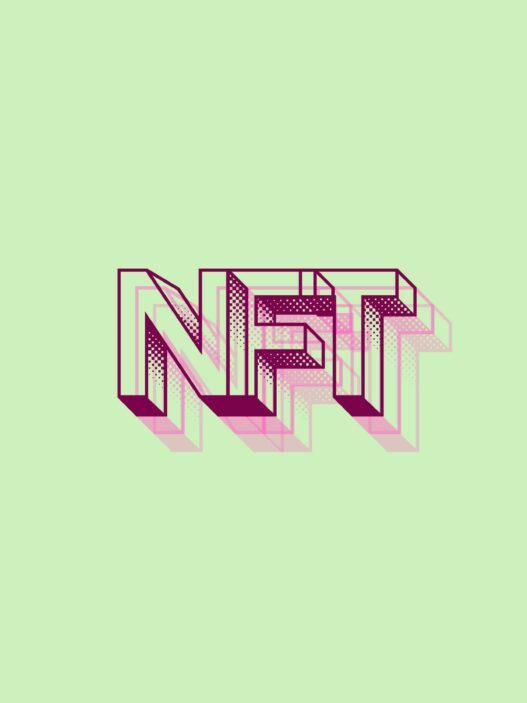USD Coin (USDC) is a digital stablecoin pegged to the US dollar, designed to provide a stable, transparent, and fully-backed alternative to traditional fiat currency in the crypto ecosystem. Unlike volatile cryptocurrencies like Bitcoin and Ethereum, USDC is structured to maintain a 1:1 value with the US dollar, making it a reliable medium of exchange, store of value, and unit of account for crypto traders, businesses, and financial institutions.
The Origins of USD Coin (USDC)
In 2013, Jeremy Allaire, an Internet entrepreneur and blockchain advocate, founded Circle Internet Financial with the mission of driving digital currency innovation. Unlike many early cryptocurrency enthusiasts, Allaire emphasized compliance with national and local financial regulations, positioning Circle as a bridge between traditional finance and the emerging digital asset economy.
By 2015, Circle had secured over $50 million in funding from high-profile investors, including Accel Partners, Goldman Sachs, and IDG Capital. This capital enabled Circle to launch services that combined the flexibility of digital assets with the stability of fiat currencies. However, the volatility of Bitcoin remained a major concern for institutional adoption, leading to the development of a more stable digital currency.
In 2018, Circle introduced USD Coin (USDC), an ERC-20 token built on the Ethereum blockchain, with the goal of offering a fully transparent, secure, and regulated stablecoin. USDC’s key advantage was its compliance framework: for every USDC issued, an equivalent US dollar was held in reserve by regulated financial institutions. This ensured that users could always redeem their USDC for US dollars, making it a reliable and fully backed stablecoin.
How USD Coin (USDC) Works
USDC operates on a simple yet effective principle: it maintains a 1:1 peg with the US dollar by holding equivalent reserves in audited and regulated financial institutions. Here’s how the process works:
- Issuance and Redemption:
- Users deposit US dollars into a USDC issuer’s bank account (e.g., Circle or Coinbase).
- The issuer converts the USD into USDC tokens at a 1:1 ratio.
- USDC is then issued on the blockchain and can be used for transactions.
- When users wish to redeem USDC for fiat, they request a withdrawal, and the equivalent US dollars are transferred back to their bank accounts, while the corresponding USDC tokens are burned (removed from circulation).
- Regulatory Compliance and Auditing:
- USDC is issued by regulated financial entities that comply with anti-money laundering (AML) and know-your-customer (KYC) regulations.
- Monthly audits by Grant Thornton LLP verify that the amount of USDC in circulation matches the reserves held in US bank accounts.
- Blockchain Compatibility and Security:
- Initially built on Ethereum (ERC-20), USDC is now available on multiple blockchains, including Algorand, Solana, Avalanche, Stellar, and TRON.
- This multi-chain approach increases accessibility, transaction speed, and scalability.
Where to Buy and Sell USD Coin (USDC)
USDC is widely available across major cryptocurrency exchanges, financial institutions, and payment platforms. Some of the top venues for buying and selling USDC include:
1. Centralized Exchanges (CEXs)
- Coinbase: One of the primary issuers of USDC, allowing users to buy, sell, and store the stablecoin seamlessly.
- Binance: Offers multiple trading pairs, including USDC/USDT, USDC/BTC, and USDC/ETH.
- Kraken: Provides fiat on-ramp and off-ramp services for USDC with low trading fees.
- Crypto.com: Enables direct purchases of USDC using credit/debit cards and bank transfers.
2. Decentralized Exchanges (DEXs)
- Uniswap: Users can swap USDC for various ERC-20 tokens without an intermediary.
- SushiSwap and Balancer: Provide additional liquidity pools for USDC trading.
3. Peer-to-Peer (P2P) and Payment Platforms
- Circle: Allows businesses to issue and redeem USDC directly through its platform.
- Venmo & PayPal: Have recently integrated USDC for digital payments.
- Visa: In partnership with Circle, Visa enables merchants to accept USDC payments.
The Most Common Use Cases for USDC
USDC has rapidly gained adoption across various sectors, thanks to its stability and compliance framework. Here are some of its most common applications:
1. Trading and Hedging in Crypto Markets
- Traders use USDC as a stable asset to avoid volatility when moving in and out of crypto positions.
- Institutional investors prefer USDC due to its regulatory clarity and transparency.
2. Decentralized Finance (DeFi)
- USDC is a cornerstone asset in DeFi protocols, allowing users to earn yield through lending and borrowing platforms like Aave, Compound, and MakerDAO.
- It is used as collateral for decentralized loans and liquidity pools in Uniswap, Curve, and Balancer.
3. Cross-Border Payments and Remittances
- USDC facilitates fast and low-cost international transfers compared to traditional banking systems.
- Companies like MoneyGram and Ripple leverage USDC for global remittances.
4. E-Commerce and Digital Payments
- Merchants accept USDC as a payment method to avoid chargebacks and high transaction fees associated with credit cards.
- Platforms like Shopify and BitPay support USDC transactions.
5. Smart Contract Applications
- Developers use USDC as a programmable money solution in gaming, supply chain finance, and tokenized real estate.
Challenges and Criticisms
Despite its advantages, USDC has faced scrutiny and challenges:
- Centralization Concerns: Unlike decentralized cryptocurrencies like Bitcoin, USDC is controlled by Circle and Coinbase, meaning they can freeze accounts or comply with regulatory demands.
- Regulatory Uncertainty: Stablecoins are under increasing regulatory scrutiny by governments and financial watchdogs, which could impact future issuance and redemption practices.
- Banking Risks: USDC relies on the traditional banking system for reserves, making it susceptible to banking crises and liquidity issues.
USD Coin (USDC) has emerged as one of the most trusted and widely adopted stablecoins, bridging the gap between traditional finance and the digital asset economy. Its strong regulatory framework, transparent reserve audits, and broad adoption across trading, DeFi, payments, and remittances have positioned it as a key player in the crypto space.
As the financial landscape continues to evolve, USDC is likely to play an even bigger role in the global economy, enabling more efficient digital transactions while navigating the complexities of regulatory oversight. Whether you’re a trader, investor, or business, USDC offers a stable, secure, and versatile digital currency solution.
Disclaimer: This content is for purely entertaining and educational purposes. Before investing in cryptocurrencies, conduct thorough research and due diligence. Neither the author nor the publication is liable for any financial losses you may incur.
